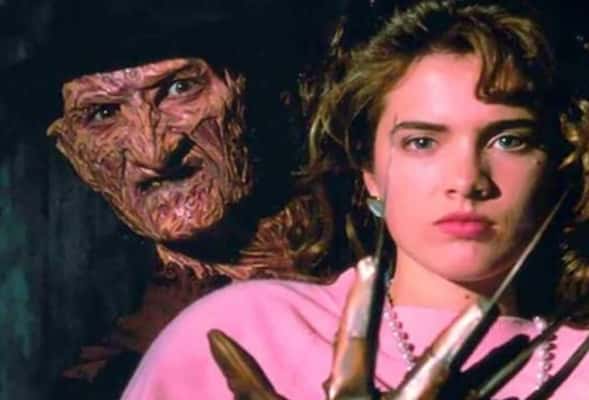During the slasher film craze of the early 1980’s, emerging horror icon Freddy Krueger was a breath of fresh air when A Nightmare on Elm Street hit in 1984. Unlike his silent, mask-wearing peers, Freddy Krueger was a charismatic presence. He could talk, make jokes, and slice you to pieces all at the same time. While the later sequels in the franchise would take things in a much more comedic, over-the-top route, however, the original film was still particularly dark and brutal. In fact, Freddy Krueger actor Robert Englund even revealed one cut scene from A Nightmare on Elm Street that was just too brutal to keep in.
While the MPAA was extremely strict back then, it’s even easier to see now just how much content was removed from our favorite horror films. Unfortunately, A Nightmare on Elm Street was also a victim of censorship. The cut scene described by Robert Englund is an example of this. Interestingly, however, he revealed in an interview via Metal and Monsters that this was intentional on director Wes Craven’s part. Apparently Wes Craven would shoot additional sequences so that when the MPAA demanded he cut the film, he could simply remove these excessively intense clips instead. Unfortunately, the scene described by Robert Englund seems like it would’ve been a fantastic moment had it been left in the film.
Specifically, he explained that Tina’s death scene in the film had a cut shot from her point of view:
“They couldn’t give the camera to Amanda Wyss… because she’s not union,” Englund began. “So [the first assistant]… She filmed the Tina point of view being dragged by Freddy… I dropped her legs and, being the actor that I am, I realized that I had stage blood all over the… blades of the Freddy claw, and I gave her a kiss of death… And the stage blood between my blades caught into a blood bubble and floated out. And I actually saw it, yeah, it was just [an] amazing moment. Of course, it’s way too hardcore to use.”
He further explained why the aforementioned Wes Craven shot such a clip:
“Wes shot that so that he could use that footage so that he could get other nasty bits in the movie that he wanted to get in.”
Unfortunately, the MPAA was very adamant about cutting horror films at this point in time. Luckily, Wes Craven apparently knew what he was doing well enough that the finished product appears to have been censored very little if at all. A Nightmare on Elm Street remains an iconic horror masterpiece, and one that regardless of cut scenes, will continue to remain as such.

